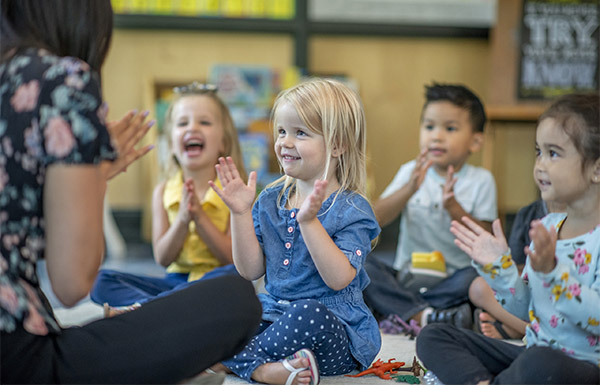Worship in the Early Years
Worship can be a powerful and meaningful experience for young children, but it should be tailored to match the children’s age and stage. This guide will look at the need of this age group and provide some ideas for organising worship for the early years.
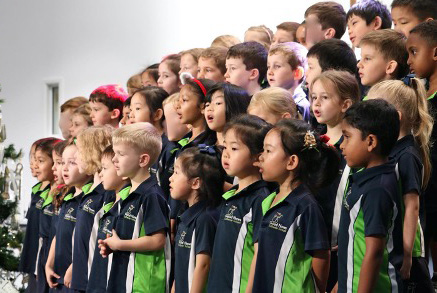

Working with Very Young Children
“From the lips of children and infants God has ordained praise” Psalm 8:2
Even very young children can praise God and worship him, even if they can’t fully understand or participate like older children and adults.
A supporting guide for those working with very young children has been prepared.
Developing faith in the early years
The imaginative world of the 3- to 7-year-old
Have you ever stood with a young child who is fascinated by a spider spinning its web? From the earliest years, children have experiences of awe and wonder. It seems that all children are born with a sense of the incomprehensible, the holy – a sense of God.
Impressions of God are generally positive — a fun, playful God or a God that may take on a magical or superhero quality. Three- to seven-year-old children readily imagine unusual creatures like monsters and dragons, so thinking of God as a superhero is not unusual. Believing in miracles presents no problem to them.
One of the most important spiritual needs of young children is the freedom to create and find spiritual images of God, heaven, and death that express their feelings and understandings. They also need to create and participate in meaningful practices and rituals, like prayerful bedtime conversations and table prayers, that acknowledge that God is active in the ordinary events of life.
Pretend play gives children the chance to try out the roles and behaviours they see around them. The three-year-old ‘mothering’ a doll and the five- year-old who sets up a school room and teaches his teddies and dolls are familiar examples. It is crucial that we give our students positive role models to copy.
Young children may have alternating feelings of being powerless and of being able to take on the world. This mirrors how they feel about their personal security and the trustworthiness of those on whom they depend. Praying with our children and talking about the trustworthy, loving nature of God will help them feel secure.
Children love stories that clearly define good and evil, which is why Bible stories (and fairy tales) are so well loved. These stories help them recognise feelings and behaviours that threaten and bother them and help them to identify with the triumph of good over evil.
Music, art, stories, pretending, eating, wondering, praying — all are important in these early years. They help teach trust — of ourselves, other people, the world, and God.
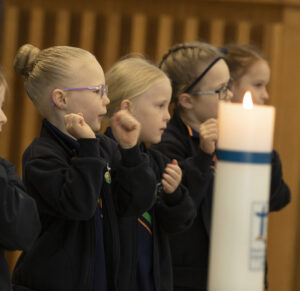
Worshipping in the early years
We know that in Early Childhood Services, children often do not attend full-time, and not all children will be present at the same times on the same days as each other. This can make scheduling worship challenging. Anyone working with young children appreciates that they often have short attention spans and need simple ideas presented clearly.
- Keep it very simple. It would be wise to make worship an extension of daily devotions, based on the same Bible story. It makes sense at this age and stage to incorporate the content from the Christian Studies Framework into your planning, as there is very limited time with children and it’s probably better not to introduce too many new concepts at a time1.
- As your students are very young, it would be better to keep worship to 10-15 minutes maximum and include lots of interaction. Try to pick a regular day and time when most students are present.
- If you have consistent groups (eg the three-year-olds room), consider exploring the Bible story for the week in a few different ways in devotions/art time/story time/ music time, and then having a slightly longer “worship time” on the last day of the week that the group are present, which brings together the things they’ve explored that week.
- Consider blending worship and devotions into
‘Jesus Time’ each day, rather than having a separate worship time.
We have included a couple of simple patterns for you to follow at the end of this guide. You might also like to check out the ideas on the Devotions in the Early Years, and the Christian Studies Framework for your age group.
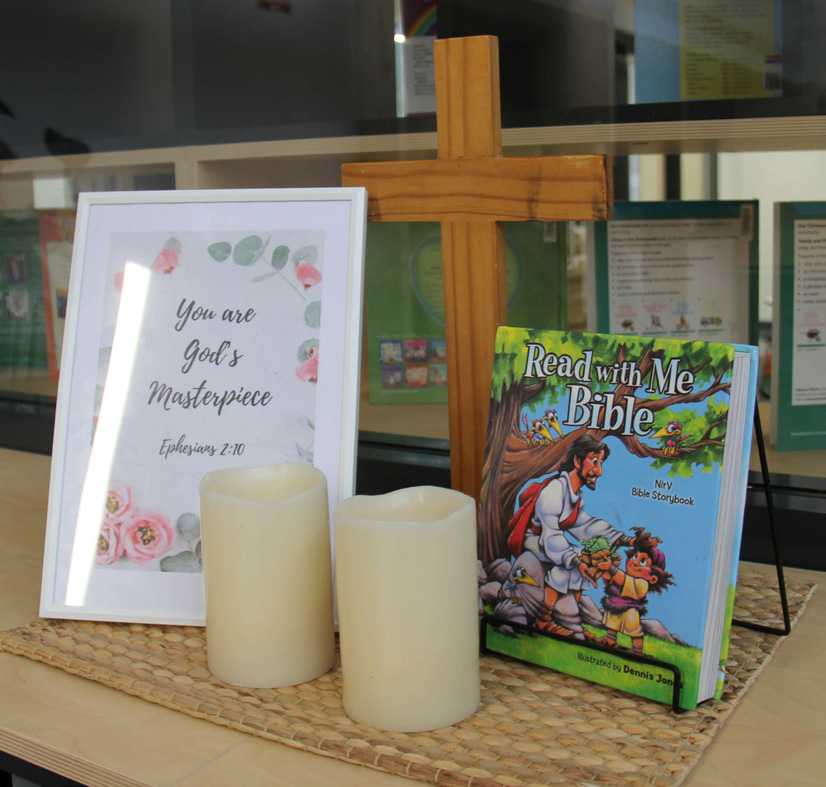
Sacred spaces
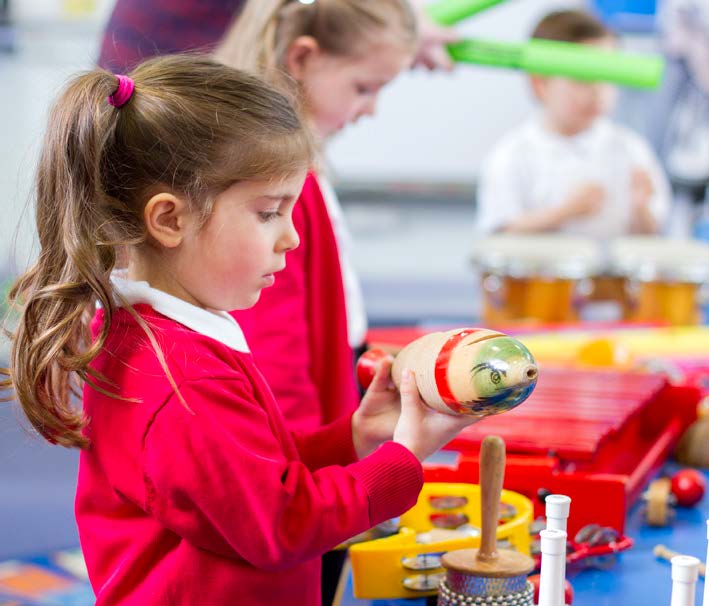
Rituals and routine

- You might like to ring a small bell or sound a chime as a sign that it’s time to come to worship.
- You could play a familiar, quiet piece of music as children settle.
- Begin the worship by ‘lighting’ the (battery-operated) candles and then gathering everyone together in God’s name (the invocation).
- When it is time to listen to the Bible story, consider having a short phrase or prayer which leads into the reading to signal to children that they are hearing from God. For example, “Now we will hear from God. Let’s listen carefully to the Bible story.” “Let’s pray before we hear the Bible story. Dear God, open our ears and our hearts to hear you today. Amen.” (You could include gestures to match the prayers).
- When it is time to pray, show children how to fold their hands and bow their heads.
- You might like to encourage the children and staff to bless each other at the end of the worship time. Use simple words, and include a simple gesture like making a cross on each other’s forehead or arm.“God bless you today [name]”; “Jesus loves you, [name]. Have a great day!”
Involving students in worship
- Ask students to perform the small rituals to start the worship time, like ‘lighting’ the candle or putting fresh flowers on the altar. It’s a good idea to practice this beforehand and have a roster so everyone gets a turn.
- If you have children who are confident in front of the group, you could ask them to give the instructions:“Now it’s time to pray. Please bow your heads and fold your hands.”
- Get them to help tell the story –
- Use their artwork to create a step by step illustrated version of the Bible story. It’s exciting to see your painting on the big screen!
- Video them telling the story and play it during worship.
- Have the children dress up and act out the story while you narrate.
- Use a big book and ask prompting questions as you read the story together.
- Action songs or songs they can dance to are a great way to get the wiggles out and to help reinforce the message.
- Even young children can contribute to prayers. You can leave space for them to chime in with their own prayers or teach them some memory prayers like the Lord’s Prayer or very simple opening or closing prayers.
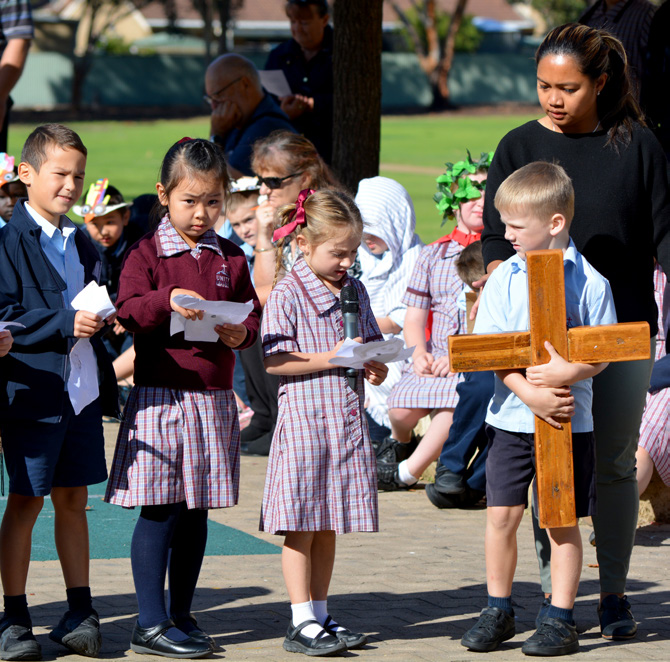
Resources for early years worship

